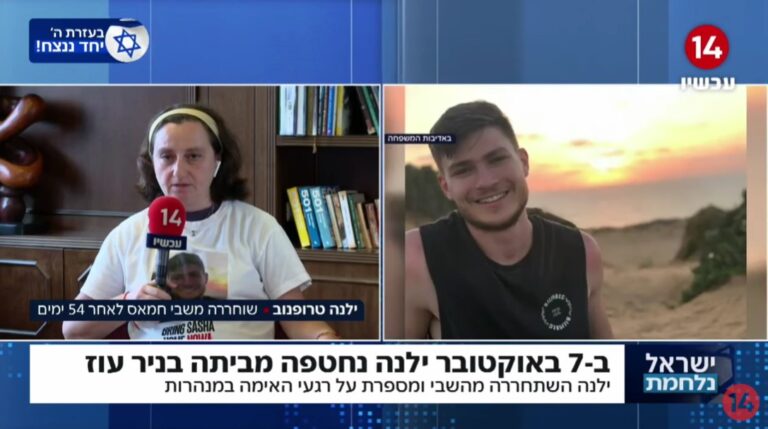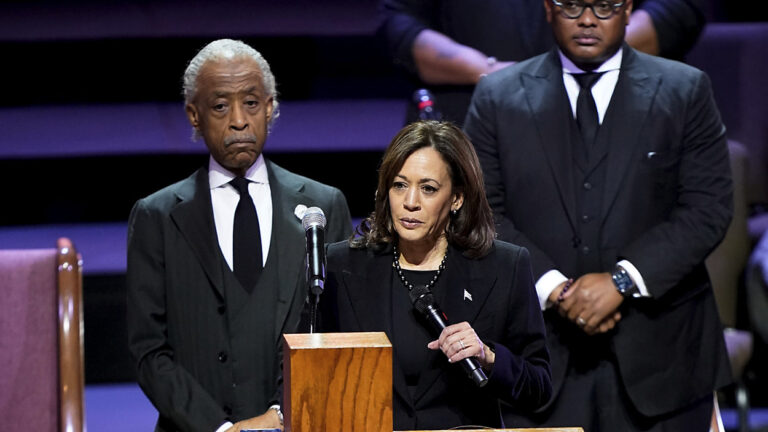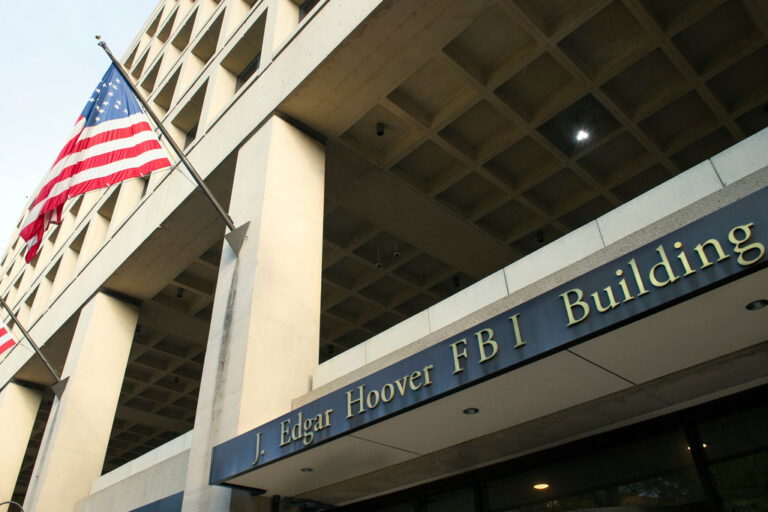 YWN is proud to introduce you to Shmeel. He is an Ambucycle (ambulance + motorcycle) first responder, volunteering for Hatzolah in Yerushalayim. He recounts incredible real-life stories from the front lines of emergency medicine in Israel. The narrative is true, intense, and unforgettable. Sometimes sad, often humorous, the vivid prose will leave you with a greater appreciation for life, and a realization of the supreme importance of faith and hope.
YWN is proud to introduce you to Shmeel. He is an Ambucycle (ambulance + motorcycle) first responder, volunteering for Hatzolah in Yerushalayim. He recounts incredible real-life stories from the front lines of emergency medicine in Israel. The narrative is true, intense, and unforgettable. Sometimes sad, often humorous, the vivid prose will leave you with a greater appreciation for life, and a realization of the supreme importance of faith and hope.
—
“In the beginning G-d created” (Genesis 1:1) Can also be explained to read “First (i.e. most importantly) – Good Health” – for in Hebrew, the root word of “to create” also means “to be healthy”.
In laymen’s terms, good health is absolutely fundamental to our leading successful and productive lives.
Whilst somewhere in the back of my mind I knew this was probably true – 3000 ‘calls’ and 5 years later – I can swear it. I have seen, and bear witness to some of the most indescribable tragedies imaginable. From treating victims of terrorist attacks, to performing CPR on infants, I have ‘been there and done that’, and my appreciation for life has increased exponentially.
Jerusalem has an exceptionally low crime rate and so Gunshot-wounds and Stabbings are rare. But there is also a high birth rate and so emergencies involving children are common and very distressing. Pediatric emergencies are the worst type of call and affect me deeply. Every once in a while I come home and tell my wife that the time is ripe for early retirement. But then I’ll wake up the next morning, switch on my beeper, and start all over again. I love what I do, and I do what I love. But let’s get back to the beginning…
In the beginning: So every EMT has their very first call. It’s not something you mentally prepare for; it’s just something that kind of happens. You complete the course, get your certification, and all of a sudden, you are thrown into a real emergency and there is someone totally relying on you to save their life. And that person is not normally alone. In most instances there is a room full of people, glaring at you, hoping, praying, that you know what to do. Did I know what to do on day one? – Not really! Please understand that the EMT course is loads of fun. We get to practice on dummies, and we sometimes even stop in the middle of an intense CPR, to take an ice-cream break. Not so in real-life. Our patients are not dummies, and there is no stopping a CPR unless the patient returns to a spontaneous pulse, or is declared dead.
Bottom line: the classroom leaves you ill prepared for the real world, and once you get out there, the learning curve is sharp. Whilst probably true of most professions, in emergency medicine it’s truer. You’ve learnt that if a person has difficulty breathing, you move them from supine to sitting position, put on a non-rebreather mask and start the flow of oxygen at a rate of 10-15 LPM. Cool – I’ve saved a life, and maybe there will still be time for that ice cream after all.
How about this though; how about the patient is barely breathing, sweating profusely, with pink froth coming from his mouth. You’re alone. Now what. Can’t sit him up; he keeps on slipping out of my hands. What to do first – take his vitals, tear open the O2 mask, but I need to sit him up, he is drowning in his own fluids. Help!! – Aaargh, Where is my ALS backup? Every EMT reading this knows what I’m talking about, and everyone else wants to know what pink froth is – well; it’s a symptom of Pulmonary Edema. But let’s get back to the beginning…
In the beginning: Sometimes it’s unremarkable – sometimes it’s unsightly – and sometimes it’s petty. Unit #28 first call was to a “Serious Injury – Male Crushed in Elevator Shaft”! – I kid you not. His very first call was to an “X” (EMS slang for deceased), where there was nothing to do except find the nearest toilet, and vomit. If his was unsightly, then my first was petty. Actually it was the absolute paltriest call I have ever responded to.
I had just graduated as an EMT-B and had purchased some supplies online, even before I was officially accepted to any of the local EMS organizations. Big mistake for three reasons. First is that you don’t yet actually know what you’ll really need and what is just ‘extra’. Second is that the pre-prepared kits you buy online are garbage. And third because the organization you will volunteer for will give you a first-responder kit.
I had just finished packing up my bright red bag, when I get a phone call on my cell. It was from a neighbor across the street, and he told me in the most condescending voice he could muster, that his daughter had gotten a splinter, please could I come around. Really, a splinter, on day one. I didn’t even know what to do with a splinter; it’s not in the textbook! But I was way too macho to admit that, so I went over, red bag in tow. I get there to find a 3 year old screaming hysterically. It was then and there that I learnt lesson number one of my career. When treating screaming kids, have a distraction, like a candy, at hand. Cut a long story short, I calmed her down, extricated the splinter, and waved the cute kid and pompous father goodbye. “A job well done”, I thought as I schlepped the 15kg bag back home. “It has to get more difficult than this though”, I mumbled.
Trust me – It did.











6 Responses
Hey shmiel good going…. “shmoneh Shalosh”!!
Very nicely written, though these days you don’t get to go out in the field alone before running some apprentice shifts, but back in 2008 it may have been different…
Some other facts you may want to fix:
EMR – 66 hours
EMR-A – 88 hours (A for advanced)
EMT-B – 173 hours (additional 30 hours to be a driver)
EMT-A – 260+ hours (sometimes also referred to as EMT-I)
EMT-P – 3 month full time theory, 1 month full time hospital rounds and 80 apprentice shifts on a MICU (ALS ambulance)
(Where there is also the 44 hour EMR but they aren’t allowed on ambulances)
By the way “X” though slang used in EMX actually originates in the army, for every kill a soldier/gun has he marks an X on his weapon…
I dont know to which country you are referring to.
However in NY, EMT Basics have around 150 hours of training, which includes around 24 hours of clinical rotations.
AEMT (Advanced EMTs) have around 300-400 hours of training.
Paramedics have around 1100-1200 hours. which includes around 500-600 of clinical rotations.
Please leave out all story details that have to do with gross horrific ordeals.
That’s totally unnecessary and is not entertainment nor will it make your new column popular.